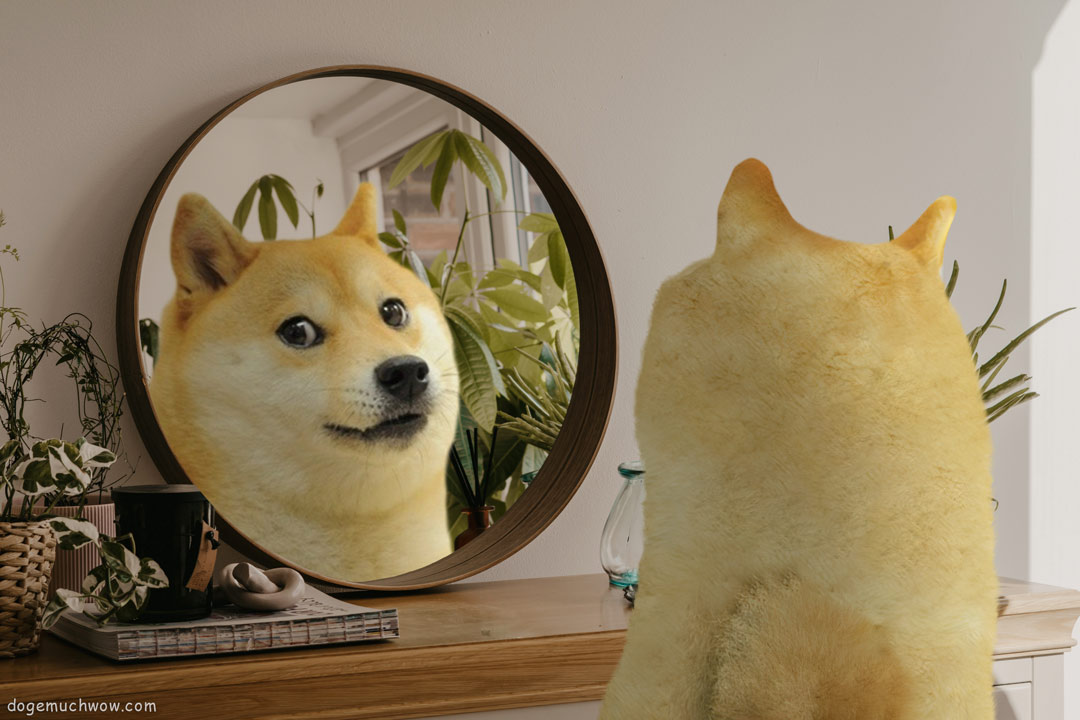
Perhaps just as significant as the evidence for self-recognition in chimpanzees in Gallup’s original study was the absence of such evidence in macaque monkeys tested under identical conditions. When first confronted with their reflections, both chimpanzees and macaques reacted as if they were in the presence of an unfamiliar conspecific – a reaction that is typical of most visually capable organisms. But whereas chimpanzees soon started to use the reflection to carefully explore parts of their body that they could not normally see, such as looking inside their mouth, removing mucous from the corner of an eye, or investigating their ano-genital area, similar spontaneous mirror-guided self-exploration was never observed in macaques; the latter continued to direct social responses towards the reflection, or simply ignored it as they habituated to the presence of the “other monkey.”
– Gordon Gallup (Full Paper)
What Is MSR?
Mirror self-recognition (MSR) test also known as mirror test or mark test is a behavioral technique developed in 1970 by American psychologist Gordon Gallup Jr. as an attempt to determine whether an animal possesses the ability of visual self-recognition. In the classic mirror test, the animal is first introduced to the mirror, then anesthetized and then marked on an area of the body the animal cannot normally see. When the animal recovers from the anesthetic, it is given access to a mirror. If the animal investigates the mark, it is taken as an indication that the animal perceives the reflected image as an image of itself, rather than of another animal. Very few species have passed the MSR test but those that did include the great apes, dolphins, orcas, the Eurasian magpie, the cleaner wrasse and a single Asiatic elephant. #science
Animals In Mirrors Reactions
Various Animals
Doggos
Self-Recognition in Apes
More:
We Are The Bork You Will Be Assimilated 🌌
or
Biorhythm Chart Calculator 📈